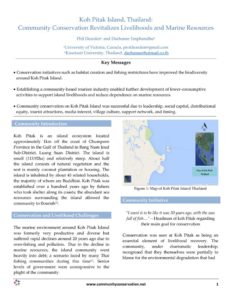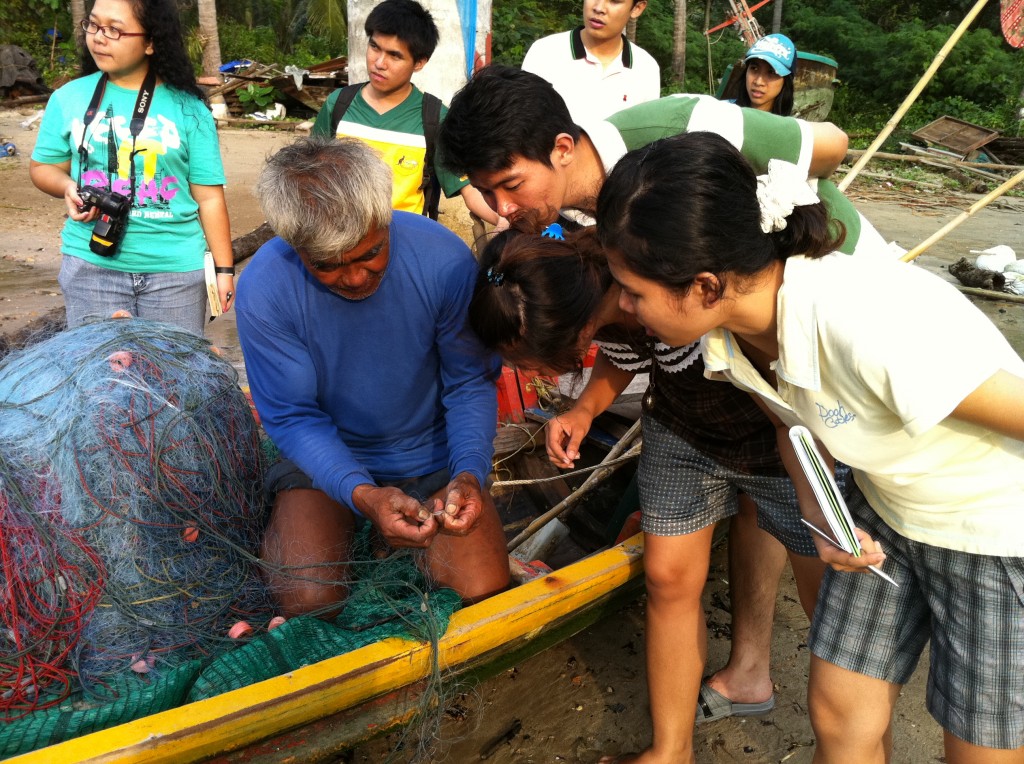
12 Sep Koh Pitak Island, Thailand
Phil Deardena and Dachanee Emphandhuba
University of Victoria, Canada, profdearden@gmail.com
bKasetsart University, Thailand, dachanee@hotmail.co.th
Key Messages
• Conservation initiatives such as habitat creation and fishing restrictions have improved the biodiversity around Koh Pitak Island.
• Establishing a community-based tourism industry enabled further development of lower-consumptive activities to support island livelihoods and reduce dependence on marine resources.
• Community conservation on Koh Pitak Island was successful due to leadership, social capital, distributional equity, tourist attractions, media interest, village culture, support network, and timing.
Community Introduction
Koh Pitak is an island ecosystem located approximately 1km off the coast of Chumporn Province in the Gulf of Thailand in Bang Num Jeud Sub-District, Luang Suan District. The island is small (113.92ha) and relatively steep. About half the island consists of natural vegetation and the rest is mainly coconut plantation or housing. The island is inhabited by about 45 related households, the majority of whom are Buddhist. Koh Pitak was established over a hundred years ago by fishers who took shelter along its coasts; the abundant sea resources surrounding the island allowed the community to flourish(1).
Conservation and Livelihood Challenges
The marine environment around Koh Pitak Island was formerly very productive and diverse but suffered rapid declines around 20 years ago due to over-fishing and pollution. Due to the decline in marine resources, the island community went heavily into debt; a scenario faced by many Thai fishing communities during this time(1). Senior levels of government were unresponsive to the plight of the community.
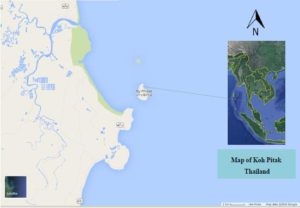
Figure 1: Map of Koh Pitak Island Thailand
Community Initiative
“I want it to be like it was 30 years ago, with the seas full of fish…” – Headman of koh Pitak regarding their main goal for conservation
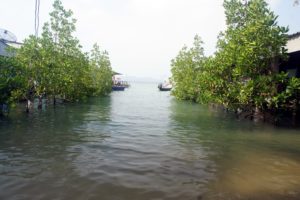
Figure 2: Mangroves replanted by the community
Conservation was seen at Koh Pitak as being an essential element of livelihood recovery. The community, under charismatic leadership, recognised that they themselves were partially to blame for the environmental degradation that had occurred and designed initiatives to reverse this trend. Some of these initiatives included(1):
• Establishing a community-based tourism industry that enabled further development of lower-consumptive activities to support island livelihoods and reduce dependence on marine resources.
• Creating an artificial reef which enhanced marine biodiversity and provided supplemental income for fishers.
• Protecting marine resources through seasonal closures, zoning and the use of grow nets.
• Designating a local no-take zone where villagers seed giant clams; this site has become popular for dive and snorkel tourism.
• Restoring mangrove populations along Koh Pitak’s shoreline.
• Improving waste disposal through the use of micro-organisms that rapidly digest organic waste. The treated wastewater from this system is then used to develop and water home gardens. These gardens have become a popular tourist attraction, where the village teaches visitors how to create such gardens.
• Initiated a study to understand the tourism carrying capacity of Koh Pitak by monitoring water quality, waste and the quality of visitor experience.

Figure 3: Interview with two of the main exponents of the “garden culture” of the Island
Influencing Marine Policies
Koh Pitak is ostensibly governed by the same fisheries laws, rules and regulations as all other coastal communities in Thailand. However, through their own initiative they have managed to create some unprecedented flexibility in these laws that is of national importance. One example is their stewardship of a local island, Koh Kram, about 1 km further offshore than Koh Pitak.
Koh Kram has the best remaining biodiversity in the area and it is part of a larger national park, Mu Koh Chumporn. However, the administration at Mu Koh Chumporn has allowed the villagers to have stewardship over the island. In turn the villagers have developed a no-take fishing zone and oversee a reseeding and enhancement of giant clams in the area. They are allowed to enter and leave as they wish and take tourists there. This kind of practical relationship between the Thai National Parks Department and local communities is very rare.
Another important example is the current re-writing of the Thai National Fisheries Law to recognise the abilities of communities such as Koh Pitak to manage their own fisheries. Koh Pitak is prominent but is not the only fishing community to be recognised in this matter. Interestingly the community has elected to have a smaller ocean area for themselves than permitted under the proposed bill, due to a practical recognition of their own limitations in patrolling a larger area.
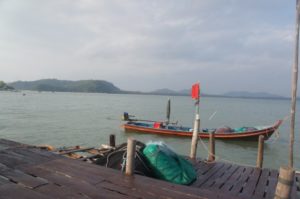
Practical Outcomes
The success observed on Koh Pitak Island can be attributed to several factors:
Leadership – A charismatic, far seeing and powerful village leader was critical to the transformations.
Community Social Capital – The community has very high social capital and unity due to their inter-relatedness and common history.
Distributional Equity – Activities are undertaken by groups; a proportion of all income is returned to the community fund with full transparency.
Tourist Attractions – Koh Pitak does not offer the coastal tourism attractions typically associated with Thailand, such as long, white sand beaches and azure blue seas. Had it done so it is quite likely that it might have already been consumed by mass tourism. The attractions are more suited to the kind of community-based tourism that has developed there.
Media Interest – There has been significant media interest in the transformation of the village, providing ample free marketing for tourism.
Village Culture – The village enjoys a slow pace of life that is well suited to low-key tourism development.
Support Network – The village enjoyed an extensive support network ranging from government agencies, institutions (such as universities) and other villages developing community-based initiatives.
Timing – The conservation and tourism initiatives coincided with the growing popularity of the Thai King’s “Self Sufficiency” philosophy which promotes small, local, low-impact development and living a moderate, self-dependent life without greed or overexploitation of, for example, natural resources.
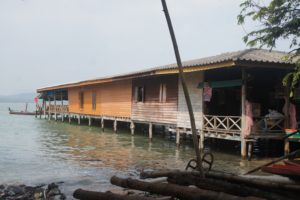
Figure 5: A homestay extended out over the water
“For me… conservation cannot be done by only one person, or by one community. It must have collaboration among communities and organizations that we call it “our conservation network”. It is a network of conservation in many aspects: giving ideas, supporting each other, and working together. Conservation is not only at our homeland but covers from mountain to the sea. This conservation network is like a jigsaw that missing one piece can bring a whole mission down.” – Koh Pitak village head concerning his thoughts on conservation
References
1. Dearden P, Emphandhu D, Songpornwanich S, and Ruksapol A. 2016. Koh Pitak a Community-Based, Environment and Tourism Initiative in Thailand. In Press
See below for the Thai language abstract for this community story, “เกาะพิทักษ์, ประเทศไทย การฟื้นฟูวิถีชีวิตและทรัพยากรทางทะเลโดยการอนุรักษ์ของชุมชน”
A video report on the inhabitants of the scenic Koh Pitak island and their efforts to manage local ecotourism



